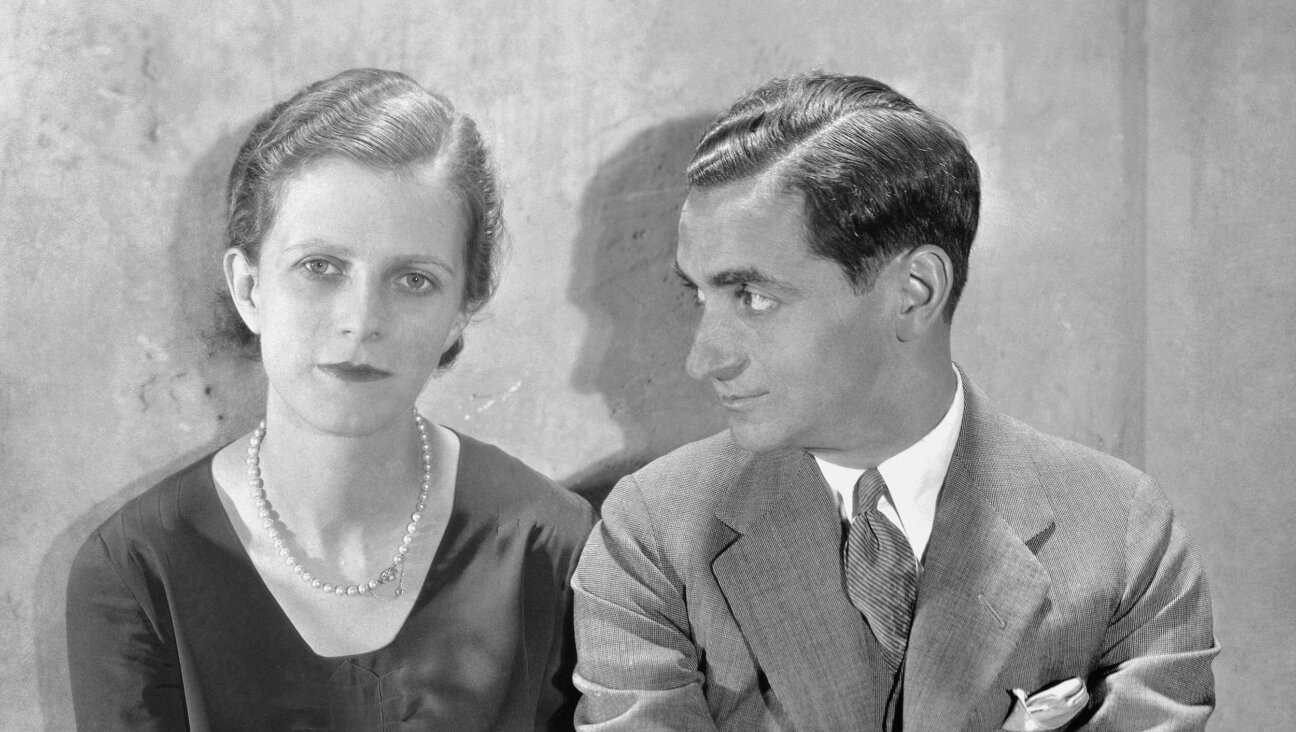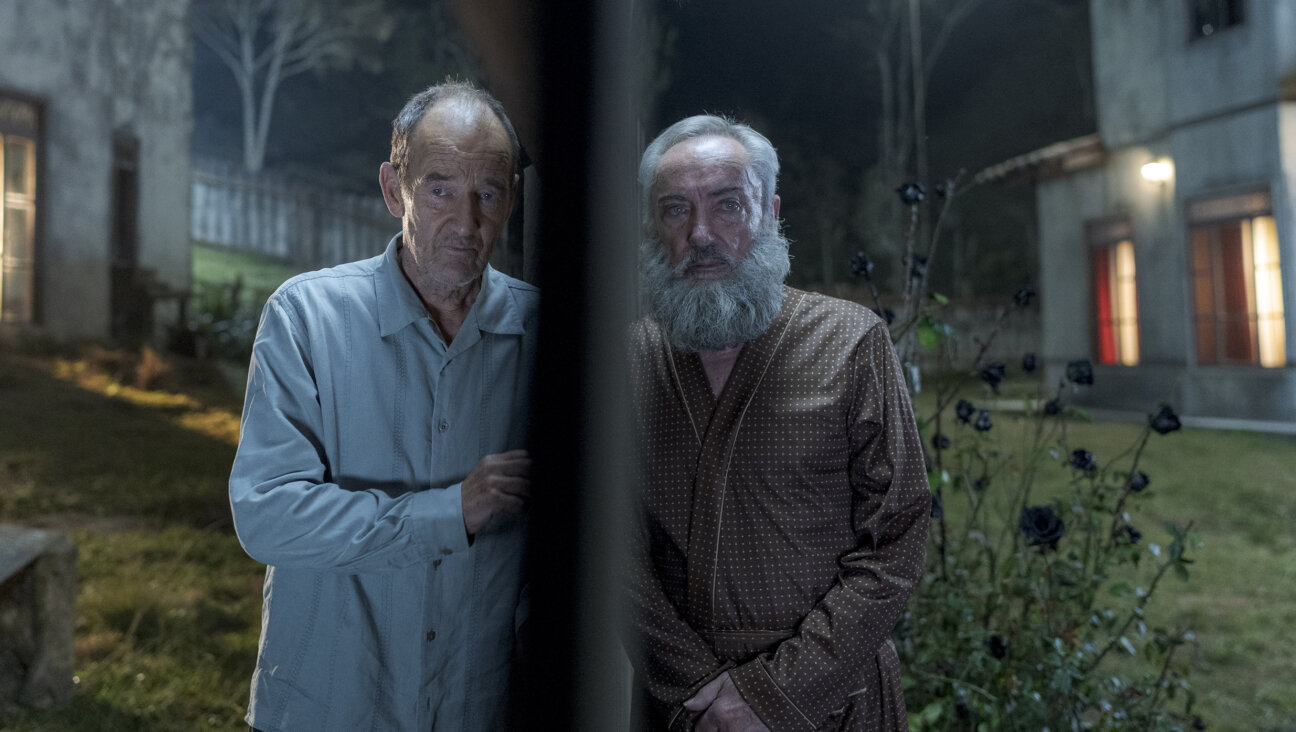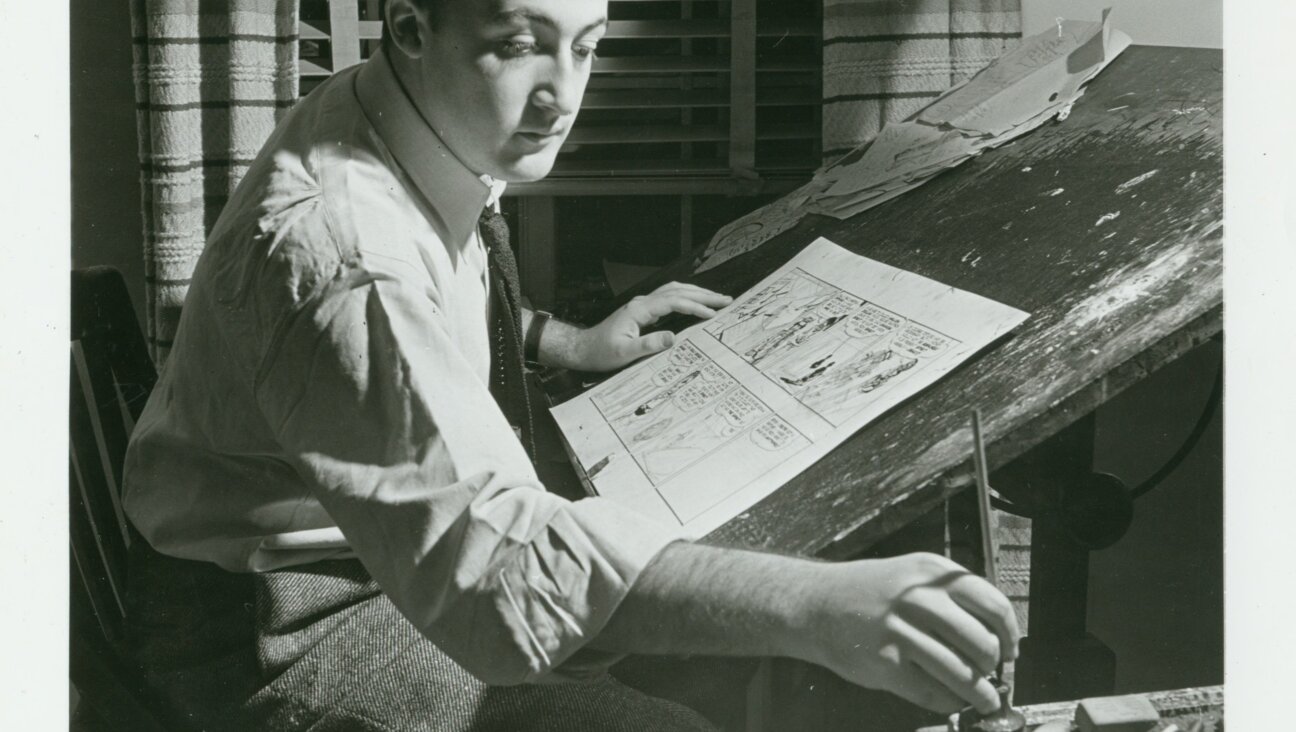How Peggy Guggenheim Re-Invented Modernism

Image by Getty Images
Peggy Guggenheim: The Shock of the Modern
By Francine Prose
Yale University Press, 240 pages, $25
I feel compelled to begin my review of the novelist Francine Prose’s biography of art dealer and collector Peggy Guggenheim with a lengthy quote from another writer, in this case the Russian playwright Vladimir Sorokin, who wrote about Guggenheim with an intensity of feeling, empathy and perception that is missing from Prose’s new work. He wrote:
“Peggy Guggenheim was a seeker of adventures, a lioness in the private fashionable world of her father, who ended up at the bottom of the Titanic; an American exile from a family of millionaires, inclined towards changes of place, partners, lovers and Bohemian circles, a woman who spent her stormy existence nourishing her fascination with the new, never before seen art. She had a nose for genius, excellent taste and the tigerish cunning of an ambitious collector of the new. It is largely down to her that the world heard about Marcel Duchamp… Peggy helped Max Ernst become himself. She personally knew the geniuses of pre-war Paris. She snapped up paintings by the European Surrealists, Dadaists, Abstractionists, Futurists and Constructivists. After the war she was able to recognize the genius of Jackson Pollack, Mark Rothko, Robert Matta and Willem de Kooning. She assured herself of the cream of Modernism with meticulous consistency, filling her container with it. By 1951, it was full. Peggy sealed it and chose a place, in Venice, on the Grand Canal.”
Sorokin’s brief but intricate portrait makes us want to know more about her. His tone is intimate and warm, and filled with admiration for a woman whose life was almost drowned by turbulence. Prose writes without his compassion. Though she is a competent writer and her research is impeccable, mostly she remains comfortably hidden in the margins; an invisible presence afraid to come out. It feels as if she simply isn’t up to the task, and her writing doesn’t rise to the level of others who have written about Guggenheim, leaving the reviewer to remember the more compelling essays and criticism the subject inspired.
Writing in The New Criterion in 1986, Hilton Kramer questioned the level of hostility directed toward Guggenheim throughout her long life. “Around almost every significant collection of contemporary art there sooner or later accumulates a sizable accretion of bruised feelings, failed hopes, and broken promises waiting to be avenged. Like every manifestation of power, that of the collector is therefore a natural object of paranoia, and there is never any shortage of people, both inside the art world and outside it, who are given to nursing their grievances (real or imagined), and plotting their revenge.”
Kramer notes that Guggenheim remained in Europe until the last possible moment as Hitler’s troop advanced toward France in order to keep purchasing works of modern art that she smuggled into the United States along with her personal belongings. He is awestruck by her daring, and wonders how Guggenheim, a Jew, had the courage to continue on with her project, which was to buy at least one painting a day. He asks, ” “Was she slightly mad or was she merely an innocent as far as the true political and military situation in Europe was concerned? Probably both, I suspect. About politics, Peggy Guggenheim appeared to know nothing and care nothing…She was determined to have her own way— and amazingly, despite Hitler and the expected invasion, she did. Her whirlwind adventures in France, which she did not leave until the summer of 1941, certainly add up to one of the most extraordinary stories of our time.”
Both Kramer and Sorokin approach Guggenheim with an appreciation of her ability to try to triumph over personal adversity. She was an extremely troubled woman. It is not that they are blind to the flaws she exhibited frequently, which hurt severely those closest to her, but that they are willing to embrace the entirety of her struggle. Prose seems less willing. She describes her subject with a critical distance that is off-putting. For example, she writes that “Peggy Guggenheim seems to have been born with, or developed early, the urge to unnerve, and this impulse or compulsion for attention that helped her broker the match between the world of twentieth-century art and the world of glamour, gossip and media publicity. For better or worse, her tendency to mythologize herself and the artists she represented helped shape the contemporary art world, to turn artists into celebrities and socialites into art collectors.” Prose is on the mark, but her narrative voice keeps her subject from her, and from the reader as well.
Prose’s deficiencies force the reader to fill in the blanks for themselves. Peggy Guggenheim died at 81 in 1979 and is buried in the garden of her museum in Venice, which remains one of the world’s greatest collections of modern art and is where she spent her past three decades. She was always self-conscious about her appearance, particularly her nose, which she felt was too large, and which became worse after a botched nose job. She was raised wealthy, but her parents were cold and she was constantly cared for by nannies. Her mother Florette Seligman, was obsessed with cleanliness and repeated everything she said three times.
Guggenheim herself suffered a nervous collapse at 20, frightened by the sight of burning matches lying in the street. Her father died on the Titanic when she was just a teenager. Prior to his death, he had made some poor business investments that left the family still wealthy but nowhere near the level of the other Guggenheims who had been wiser with their money. Prose points out that even though Guggenheim’s maternal relatives were seriously troubled by all forms of mental illness, they still felt superior to the Guggenheim family. This was because her mother’s family, the Seligmans, arrived in America earlier and made their money as bankers to New York City’s elite class. Her father’s family, the Guggenheims, came to America later and made their money in commerce.
Guggenheim had an early interest in art, and she studied the art criticism of Bernard Berenson and then tried to apply his theories to the masterpieces of Renaissance painting. But she wasted her first four decades embroiled in all sorts of family turmoil. Her marriages were rocky and often violent. There were endless affairs. Her two children were neglected, as she had been, and they suffered terribly. She often drowned her sorrows in alcohol.
But Prose recognizes that a lifeline was thrown to Guggenheim almost accidentally when she was still a young woman. Her cousin Harold Loeb, another family rebel, asked her to work for him in his bookstore. This was a magic portal that would change everything, but not for several more years. Guggenheim still had too many demons to slay, but she fell in love with the writers and painters and freethinkers that frequented the bookstore. By 40 she seemed ready to take on her life’s work, and finally had something no one could take from her: seriousness of purpose. She spent the next four decades as an art dealer and collector and museum creator, while nurturing new modern artists like Jackson Pollock and Mark Rothko. Marcel Duchamp was her teacher, as was Clement Greenberg, but often the final call was her own. She paid careful attention to details, particularly how her paintings were shown. The demons that had always pursued Guggenheim still chased her, but she had her work as an arsenal of defense and it worked better than anything else had — at least some of the time. Relationships still were stormy, and included a short-lived passionate affair with Samuel Beckett and the artist Max Ernst, who became her husband for a few years after she arranged his escape from Nazi-occupied Paris. Prose never really says what it was that drew Peggy Guggenheim to modern art, but it is easy to speculate that in the many fractured images she saw pieces of herself struggling for clarity. Or perhaps she merely liked looking at reflections of her own chaos.
Biographers face a daunting challenge. Every attempt to chronicle a life is open to so many subjective interpretations. And facts. And research. And the testimony of others. But it is predominantly an attempt to get into the mind of another person, to imagine another life different from your own. Guggenheim was a deliciously flawed outlaw who broke all the rules of social convention and yet achieved something magnanimous out of the wreckage of her own life. There is magic in such an accomplishment — something that Francine Prose sadly seems to overlook.
Elaine Margolin is a freelance book critic and essayist for the Jerusalem Post and other publications.
















